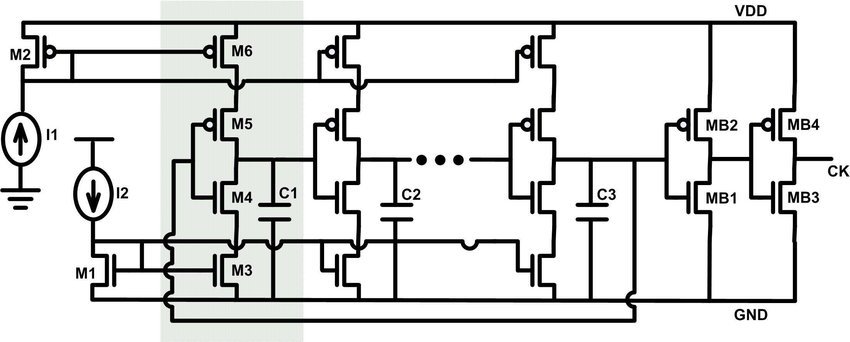Low Voltage Smart Clock Power Design – A Quick Guide for Makers

🔧 The Problem :
Smart clocks, especially IoT-enabled ones, run on low voltage (3.3V or 5V). A poorly designed power supply can lead to boot failures, RTC drift, or complete device resets. Many hobbyists overlook voltage regulation and current stability when powering these clocks from USB or battery sources.
✅ The Solution :
To ensure reliable performance, use a Low Dropout Regulator (LDO) or a buck converter that matches your smart clock’s voltage requirement. Pair it with a filtering capacitor to reduce ripple, especially if your power source fluctuates (like in battery operation).
🕒 Practical Example :
You’re building a Wi-Fi-enabled clock using an ESP8266. It needs 3.3V and draws ~250mA during transmission. If you feed it directly from a 5V USB line without a proper regulator, the board may overheat or restart. Adding an AMS1117 regulator and a 10μF capacitor solves the issue.
📐 Sample Calculation :
If your input is 5V and output is 3.3V at 250mA,
Power dissipated = (5V – 3.3V) × 0.25A = 0.425W
This heat must be managed—prefer an efficient buck converter if continuous operation is needed.
🛠️ Product Suggestion :
For a robust build, check out:
🔹 MOSFET
🔹 Flux
Shop now at SmartXProKits.in
Support our work and India’s innovation—buy from our Make in India site!




















